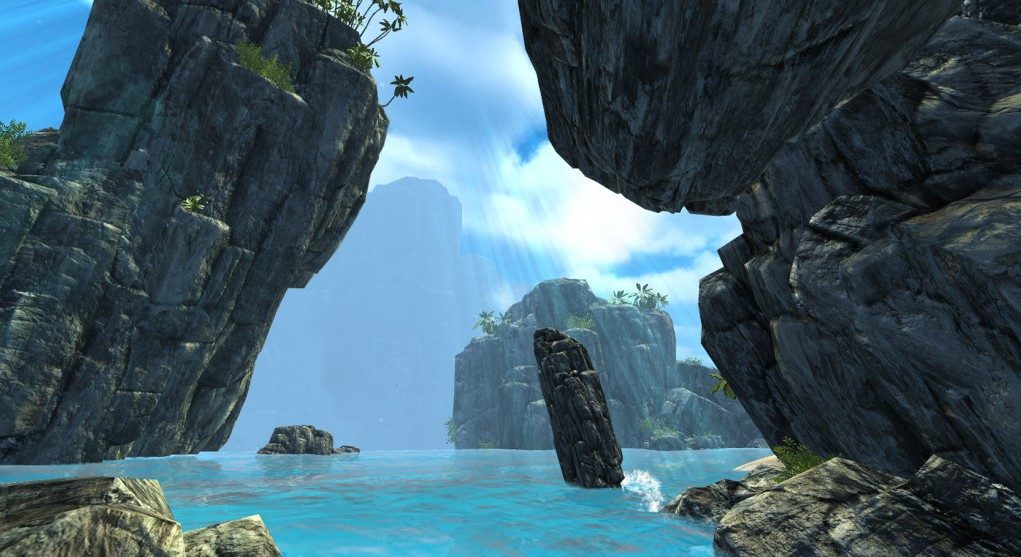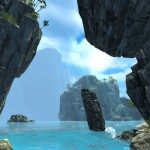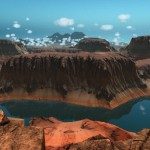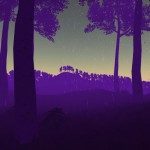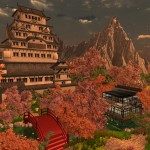Guided Meditation is a free Oculus Rift DK2 app which transports players to beautiful environments while gentle narration instructs meditative techniques. If we didn’t already have enough evidence from serene titles like Eden River HD, Guided Meditation is all the proof we need to see that ‘VR Relaxation’ will become its own genre.
See Also: Eden River HD Preview – Tranquility Amidst a Sea of Action-packed VR Games
Wouldn’t it be wonderful if you could whisk yourself away to a bright and sunny beach at the end of a stressful day ? It’s 2014, and it seems that Cubicle Ninjas, the folks behind Guided Meditation, think it’s about damn time (and we agree).
From a graphical standpoint, experiences like Guided Meditation have been attainable for some time. But the key that we’ve never had until now is the transportive ability of virtual reality.
Vision and sound are perhaps our most powerful senses. Subverting them offers compelling evidence to your brain that you are actually somewhere else. Guided Meditation uses this fact to great effect, and makes it easier than ever to find respite from the stresses of life.
The experience, now available for free, uses the Oculus Rift DK1 or DK2 on Windows or Mac, and offers four beautiful locations to spirit players away to somewhere that they can destress. My personal favorite is the beach at Costa Del Sol, but there’s a little something for everyone, including the flowering Yokosuka Japanese garden, the dusty Cosmo Canyon, and the rainy Birchnut Forest.
Each environment impressed me with imaginative detail and a genuine sense of not being in my office. Looking out over the vast Cosmo Canyon was really something.
Each of the four locations has a unique audio experience associated with it, be it guided meditation instruction through gentle narration or some fitting music. Each location also has four areas that the player can transport to using the buttons on a controller or WASD on a keyboard.
I consider myself highly audio-visual oriented. I can’t have TV on in the background while I work (like some people prefer) because I’d pay it too much attention. For someone like me, the eyes-closed method of meditation/relaxation is tough because my audio-visual brain wants to fill something into that blank space. VR meditation, on the other hand, makes it much easier for me to escape.
The polished environments, audio, and presentation, combined with VR’s transportive power, really did a great job at taking me away from my real environment, and even made it hard to focus on the tasks and responsibilities associated with that real space.
Guided Meditation is an excellent addition to the start of what will almost certainly turn into an entire ‘Relaxation’ genre within virtual reality. The developers say they’re working on more features, like additional environments and varied meditation types.
Cubicle Ninjas made the Guided Meditation feature roadmap available to the public for voting and feature suggestions. Custom music is certainly getting a vote from me—while I enjoy the toe-tapping song in the beach environment, I’d love to be able to hear some wonderful ukulele from my bruddah Israel Kamakawiwoʻole while on that beautiful beach.
Guided Meditation is also in development for Gear VR for when you need your relaxation fix on the go.

